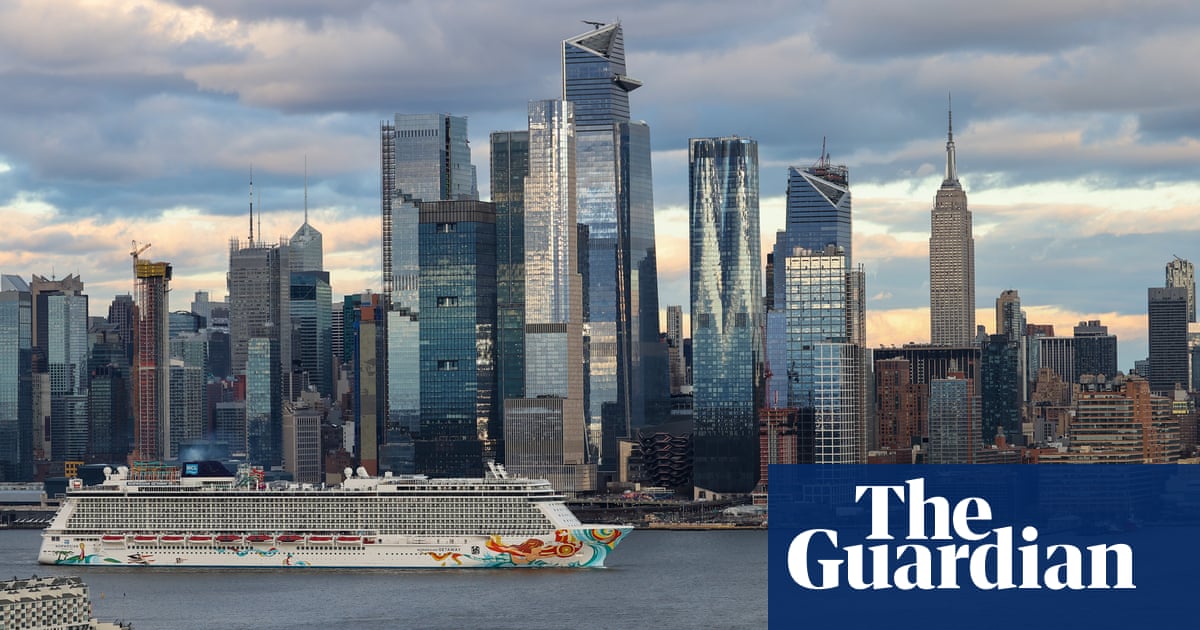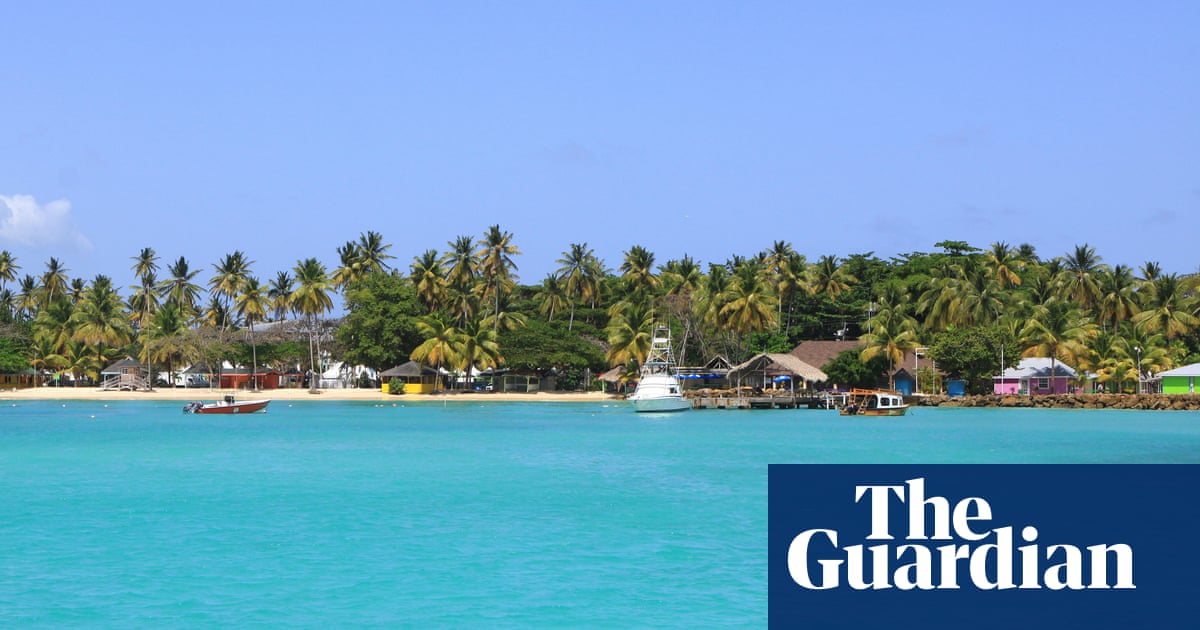âAn ominous presenceâ: New York City bill aims to restrict cruise ship pollution | New York


Efforts to regulate how cruise ships operate in New York City waterways have locals speaking out about the negative effects the vessels have had on their communities â and their health.
More than 200 cruise ships dock in New York each year, bringing an estimated 1.3 million passengers and $420m in tourism spending to the city. But the industry takes an environmental toll: just one cruise ship docked for a day at port can emit diesel exhaust equivalent to 34,400 idling trucks.
âI could literally see the black smoke for the entire day coming out of the funnels,â said Adam Armstrong, a community activist who for years lived steps away from the Brooklyn cruise ship terminal, in Red Hook. âIt was just an ominous presence.â
A new bill in the city council would crack down on diesel-powered luxury liners, requiring them to connect to the cityâs power grid when docked, thus lowering their emissions. The bill would also tackle traffic, noise and pollution related to disembarking passengers. If passed, New York would become the first city on the east coast to pass such an ordinance.
âAs an environmental justice community, weâre really looking seriously at all the noxious infrastructure and pollutants in the air,â said the councilmember Alexa Avilés. Avilés, whose district includes Red Hook, introduced the bill in February with the councilmember Erik Bottcher.
âWeâre seeing a community that is really frustrated with how long it has taken [to adopt] offshore power,â said Aviles. âTheyâre seeing a situation thatâs getting worse, not getting better.â
The move comes nearly a year after one of the worldâs largest cruise ships, the 5,600-passenger MSC Meraviglia, started docking in Brooklyn. Residents soon complained of traffic congestion related to the nearly 600 vehicles that arrived to transport passengers to destinations in the city.
âMy business, one of the busiest restaurants in Red Hook, could not open on time on numerous occasions when Meraviglia was docked because our employees could not get to work,â said Susan Povich, the owner of Red Hook Lobster Pound and chair of the Red Hook Business Alliance, at a rally in support of the bill. âWe have one street in and one street out.â She added that few apparent passengers visited her business, despite its proximity to the dock.
In 2017, Brooklyn became the first terminal on the east coast to operate plug-in stations for ships at dock, costing the city $21m. By plugging into the local electricity grid at the terminal, ships can keep running without burning their diesel-powered engines. But not all vessels connect to shore power â only 40% of cruise ships in service are equipped to plug in to shore power, according to an industry group.
The Meraviglia, though shore power-equipped, is too large to connect to the stationary plug-in at the Brooklyn terminal. MSC Cruises, which operates the Meraviglia, did not respond to requests for comment.
A representative for the Economic Development Corporation (NYCEDC), the non-profit that runs the cruise terminals, said that new long-term agreements with three major cruise operators (which account for 85% of the cityâs cruise traffic) require ships docking at the Manhattan and Brooklyn terminals to connect to shore power âwhen feasibleâ and involve traffic mitigation plans.
They also said they were procuring a mobile jib that would allow more ships to connect at the Brooklyn cruise terminal, adding âNYCEDC is deeply committed to ensuring that the industry has an environmentally sound and sustainable future in New York, and we will continue engaging with our elected official partners and local community members to gather their input on sustainability measures, traffic mitigation and community benefits.â
Avilés said the EDC had expressed support for the legislation âin principleâ but wanted to see what that looks like in practice. âThey need to get [shore power] in Brooklyn 100% functional at all times because theyâve been dragging their feet on repairing it for a number of years,â she said.
In addition to the cruise ship terminal, Red Hook, an industrial neighborhood with one of the cityâs largest public housing complexes, has gained three Amazon last-mile warehouses since 2021. The sites bring convoys of delivery trucks to narrow and predominantly one-way streets. Last year, Guardian reporting found that more than 1,200 trucks and vans pass through a single street over the course of a day.
Red Hook has one of the highest rates of asthma-related emergency visits in New York City.
âPollution from cruise ships, along with the trucks and last-mile facilities is just one part of a compounding issue of the huge number of pollutants in Red Hook,â said Avilés. âThe community is tired of being dumped on as a last resort.â
Source link




